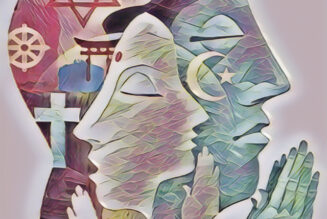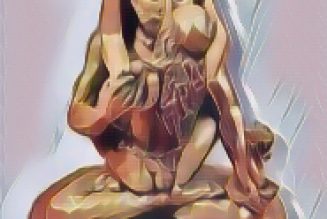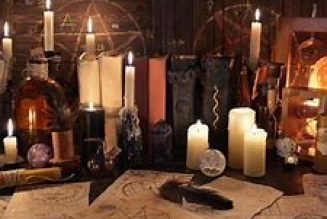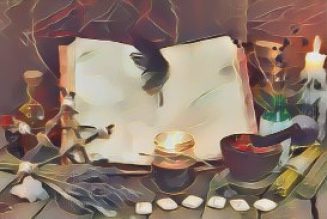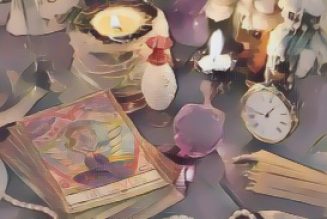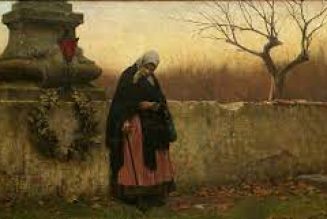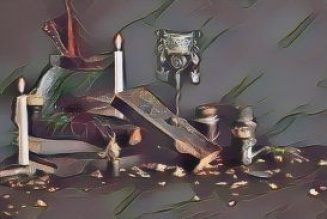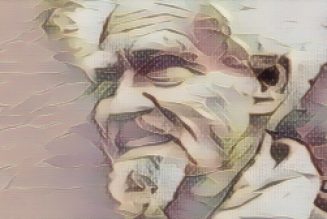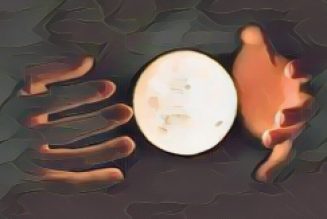Religious Control and the Subversion of Witchcraft: Unveiling the Shadow.
Throughout history, witchcraft has been deeply influenced, shaped, and at times actively suppressed by a wide range of religious ideologies and institutions. This chapter delves into the complex historical and cultural forces that have contributed to the ongoing interaction between religious authorities and the practice of witchcraft. By exploring these dynamics, we can better understand the mechanisms by which religious structures have affected both the development and the public perception of witchcraft, as well as the profound impact these forces have had on practitioners across generations.
The Poisoned Chalice: What is Religious Control in Witchcraft?
Religious control in witchcraft refers to the ways in which religious beliefs, values, and institutional power structures have influenced, limited, or even redefined the practice of witchcraft. These influences can be overt—such as legal prohibitions, public condemnations, or forced conversions—or subtle, including the internalization of concepts like guilt, fear, and hierarchical organization. This process has unfolded over centuries and across continents, often coinciding with the rise and spread of organized religious institutions, particularly those seeking to consolidate social and spiritual authority.
This phenomenon is not confined to a single region or era; it is a global and enduring pattern, especially visible within Western occult traditions. For example, as Christianity spread throughout Europe, many indigenous magical practices were either demonized or absorbed into folk religion. Rituals were modified to align with Christian holidays, and certain practices were labeled as “heretical” or “satanic.” In other parts of the world, similar patterns emerged: in colonial Africa and the Americas, indigenous spiritualities were suppressed or syncretized with the dominant faiths of colonizers, often under threat of violence or social exclusion.
Historical events such as the European witch hunts of the late medieval and early modern periods—spanning roughly from the 15th to the 18th centuries—played a pivotal role in shaping attitudes toward witchcraft. These witch hunts, fueled by religious and political anxieties, led to the persecution, torture, and execution of tens of thousands of people, most of them women. The infamous Malleus Maleficarum, a treatise published in 1487 by two Dominican inquisitors, codified the association of witchcraft with diabolical pacts and provided a theological justification for brutal repression. These events were often motivated by efforts to reinforce religious authority, maintain social order, and eliminate perceived threats to orthodoxy, resulting in widespread fear and lasting changes in the behavior of individuals and communities associated with witchcraft.
The impact of religious control is not limited to historical events. In the 20th century, the revival of witchcraft and neopagan movements—such as Wicca—was shaped by both a reaction against and an adaptation of religious norms. Many modern practitioners have sought to reclaim or reconstruct pre-Christian traditions, while others have consciously integrated elements from various religious systems. Understanding the influence of religious control is therefore essential for anyone studying the history and practice of witchcraft. By examining these influences, practitioners and researchers can gain insight into the origins of certain beliefs, taboos, and practices within contemporary witchcraft.
Both experienced practitioners and those new to witchcraft may encounter the lingering effects of religious control in their practices. Recognizing these influences can empower individuals to make informed, conscious decisions about their own approaches to witchcraft, whether that means reclaiming marginalized practices, questioning inherited taboos, or forging new paths that honor personal intuition and experience.
Religious control can manifest in several ways, both historically and in the present:
- The perception that certain spells or practices are “wrong,” “evil,” or “sinful,” often rooted in religious concepts of sin and moral dualism.
- The adoption of hierarchical structures within covens or magical groups, sometimes mirroring male-dominated religious models, despite witchcraft’s often egalitarian roots.
- A tendency to avoid practices not considered “light,” “positive,” or “safe,” influenced by religious dualism that divides the world into good and evil, sacred and profane.
- The modification or sanitization of rituals to remove elements deemed unsafe, taboo, or inappropriate, which can dilute the original intent, power, or transformative potential of the practice.
- The association of sensuality, sexuality, and bodily experience with negative or shameful connotations, leading to their exclusion from some forms of witchcraft, despite their historical significance in fertility rites and ecstatic traditions.
- A preference for external authorities, established texts, or rigid dogmas over personal intuition, direct experience, and the oral transmission of knowledge.
- The erasure or demonization of feminine, queer, or indigenous perspectives within magical traditions, reflecting broader patterns of religious and social control.
By understanding the historical and ongoing impact of religious control, practitioners can approach their craft with greater awareness and autonomy. Whether you are seeking to reconnect with ancestral traditions, challenge inherited limitations, or simply explore your own spiritual path, recognizing these influences is a vital step toward a more authentic and empowered practice of witchcraft.













